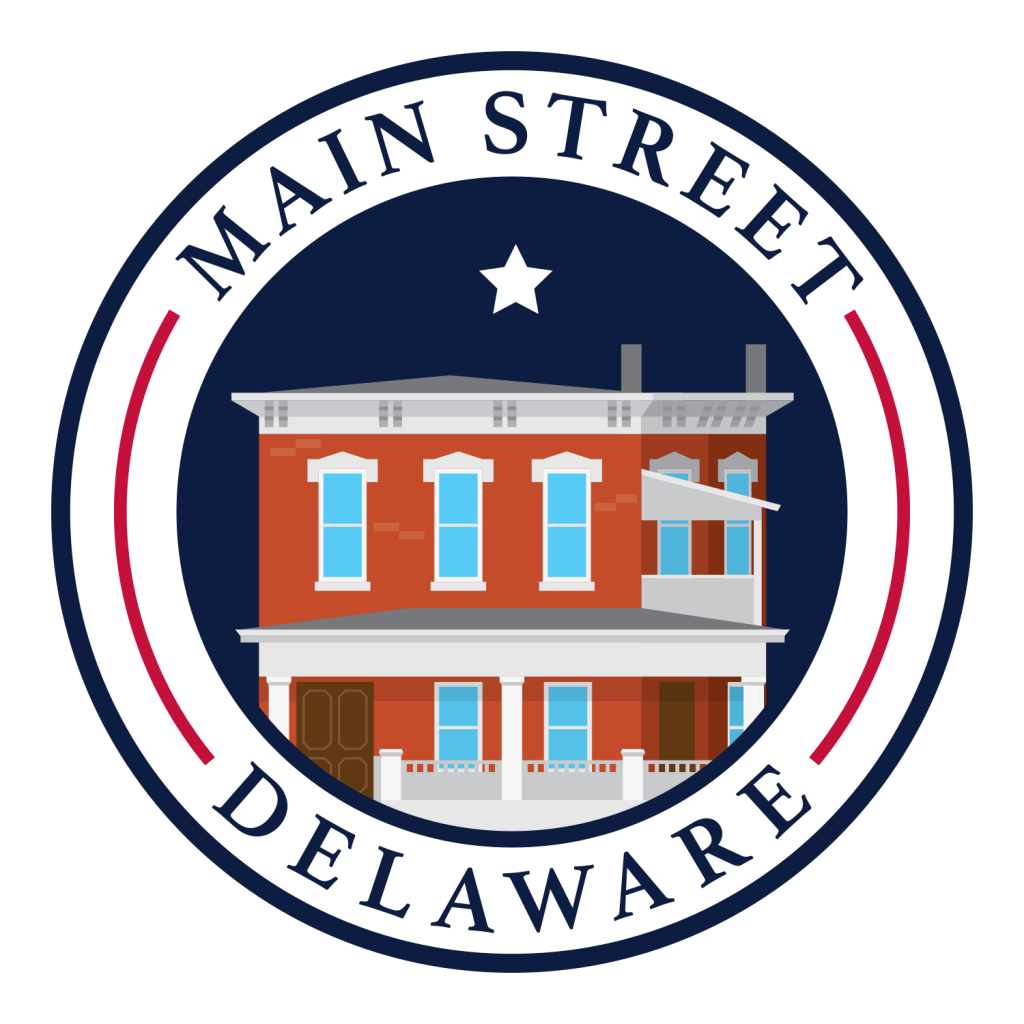Main Street's Four-Point Approach is a comprehensive strategy that is tailored to meet local needs and opportunities.
Focusing on these four areas helps to create a balanced downtown and combine to address all of the commercial district’s needs. This philosophy and the Eight Guiding Principles behind it make this method an effective tool for community-based, grassroots revitalization efforts. The Main Street approach has been successful in communities of all sizes, both rural and urban.
Described below are the four points of the Main Street approach, which work together to build a sustainable and complete community revitalization effort.
1. Organization
Organization gets everyone working toward the same goal and assembling the appropriate human and financial resources to implement a Main Street revitalization program. A governing board and standing committees make up the fundamental organizational structure of the volunteer-driven program. Volunteers are coordinated and supported by a paid program director. This structure not only divides the workload and clearly delineates responsibilities, but also builds consensus and cooperation.
2. Promotion
Promotion sells a positive image of the commercial district and encourages consumers and investors to live, work, shop, play and invest in the Main Street district. By marketing a district’s unique characteristics to residents, investors, business owners, and visitors, an effective promotional strategy forges a positive image through advertising, retail promotional activity, special events, and marketing campaigns carried out by local volunteers. These activities improve consumer and investor confidence in the district and encourage commercial activity and investment in the area.
3. Design
Design means getting Main Street into top physical shape. Capitalizing on its best assets, such as historic buildings and pedestrian-oriented streets, is just part of it. An inviting atmosphere, created through attractive window displays, parking areas, building improvements, street furniture, signs, sidewalks, street lights, and landscaping, conveys a positive visual message about the commercial district and what it has to offer. Design activities also include instilling good maintenance practices in the commercial district, enhancing the physical appearance of the commercial district by rehabilitating historic buildings, encouraging appropriate new construction, developing sensitive design management systems, and long-term planning.
4. Business Enhancement
Business enhancement strengthens a community’s existing economic assets while expanding and diversifying its economic base. The Main Street program helps sharpen the competitiveness of existing business owners and recruits compatible new businesses and new economic uses to build a commercial district that responds to today’s consumer needs. Converting unused or underused commercial space into economically productive property also helps boost the district.



